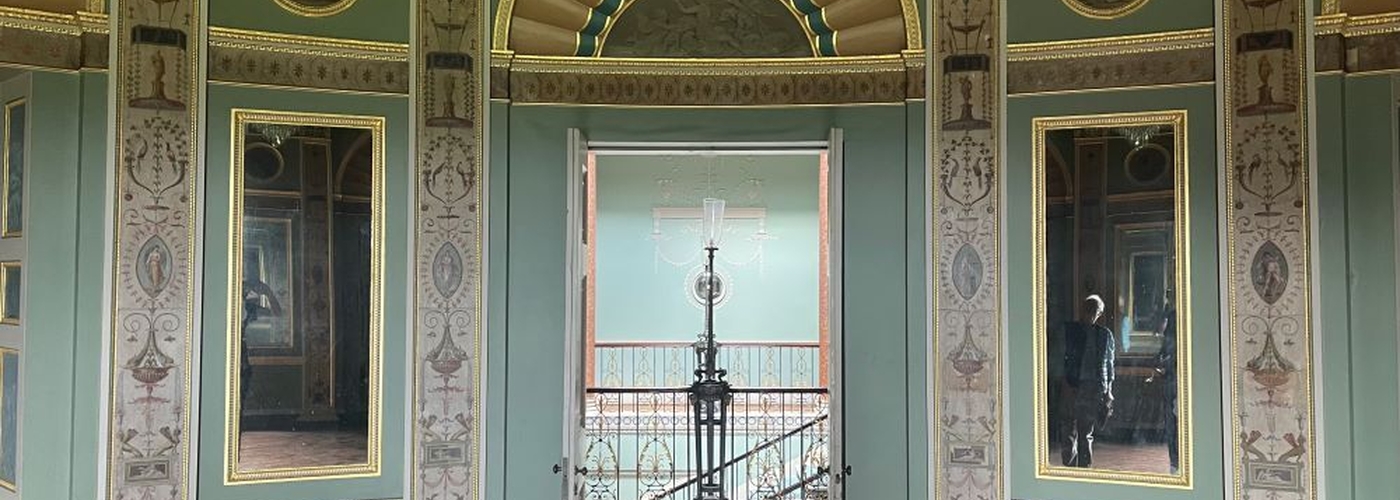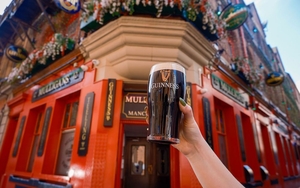Jonathan Schofield and the epic tale of Manchester architecture
8 minute read
Feast or famine.
Or rather famine then feast.
Isolated behind the Pennine hills from the main north-south communication routes, Manchester and Lancashire took a long time to jump aboard the roller-coaster of architectural fashion. Aside from some bits and pieces of Roman and Prehistoric ruins, and vestigial Norman traces, such as a repositioned arch in Middleton parish church, there’s little to show until well after the Norman Conquest.
This starts to change in the 1300s and 1400s. There’s a lot of work remaining from the Perpendicular style of English Gothic architecture – that national passion for the vertical line. This can be traced in numbers of churches but most importantly in Manchester Cathedral which also provides some of the best late-medieval wood-work in the country. A visit to the choir with its wealth of detail is a journey into different ages and a different way of seeing the world. The recentish lighting scheme and recentish organ help lift this gorgeous place of worship. Ashton Parish Church, St Michaels, to the east meanwhile has a sequence of stained glass based on the life of St Helen’s from the same period which is also nationally important.
Given that churches were often altered, perhaps the most evocative buildings from this period are the manor houses, places such as Ordsall Hall, Bramall Hall, Wythenshawe Hall, Baguley Hall and Smithills Hall with their timber frames. The magical great hall of Ordsall with its long vertical spere trusses is definitely worth seeking out, indeed all these places are with Bramall Hall, Bramhall, Stockport set in a fine park. Several rare timber-framed churches remain in the region too such as St Lawrence in Denton.
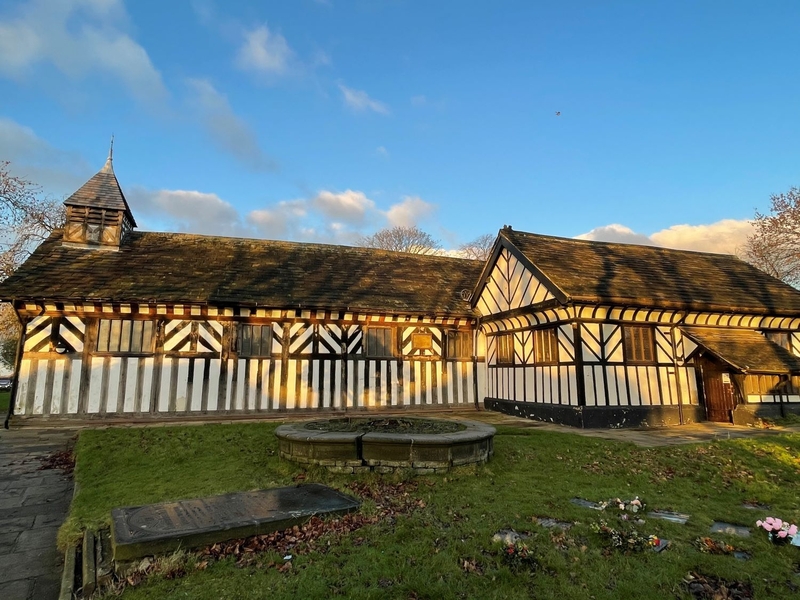
Secular stone buildings start to appear at this time such as Chetham’s (stone – first half of the 1400s) in the city centre, built originally as a college of priests, but later adapted as a school and library.
Brick, which will become a dominant building material, makes a grand entry on to the scene with the shamefully treated Hough End Hall (brick - 1596) in Chorlton. As prosperity in the region rose sturdy stone houses appear on the fringes of the region too particularly on the Pennines, such as Hey House (1616), Holcombe and Clegg Hall (possibly 1618), Milnrow.
Thus far in the built history of Greater Manchester all of the work away from the churches had been unburdened by much of a style (in other words, a particular regime of building such as Gothic or Classical). Hough End in its plan and Clegg Hall with dinky Classically inspired columns in the porch show this is starting to change - Hough End lies empty at the time of writing. Previously secular buildings were simply places built to fit the local climate in practical ways that also lent prestige to the owners.
In all of these buildings, especially Manchester's earliest and best early building, Chetham's, it’s hard to discern the ego of an architect. In fact we almost never know the architect’s name – architects were at the time craftsmen, not part of a rarefied profession. The result is that these are almost organic structures that in terms of atmosphere and charm have never been beaten.

For the rich styles were changing and the the Classical style was all the rage as with Platt Hall in Platt Fields Park a little south of Rusholme. An absolute gem of the eighteenth century is Heaton Hall in Heaton Park (1772-8) by James Wyatt with masterful interiors by a variety of craftsmen. This hasn't been as shamefully treated as Hough End Hall by the city but it's still not where it should be in terms of a visitor attraction. This should be a showpiece of the city, source of pride but it has been allowed to decline by the city council when it should be playing a prominent role in the cultural life of the city and region as a proper tourist attraction - something like Lyme, Tatton and Dunham Massey.
It's telling that the stately houses to the south of the city, in the wealthier areas of the region have such places to enjoy on a regular basis whereas in the less wealthy north of the city Heaton Hall is only open on certain Sundays due to the sterling efforts of the park authorities and the Friends of Heaton Hall. It's very wrong for such a nationally, important building to be denied to the public.
The picture at the top of this page shows the lovely Cupola Room from designer Biagio Rebecca in Heaton Hall. This 'Etruscan' style of decoration was a passing phase not lasting more than a couple of decades, Heaton Hall's example is thus a rare and exquisite example of the type.
Architecturally the pick of the bunch of Lyme, Tatton and Dunham Massey to the south of the city is Lyme Hall with an absolutely stunning courtyard designed by Giacomo Leoni in the 1730s. The dramatic location high in the Pennines adds to the drama and the huge giant order portico on the south facade lingers long in the mind after a visit.
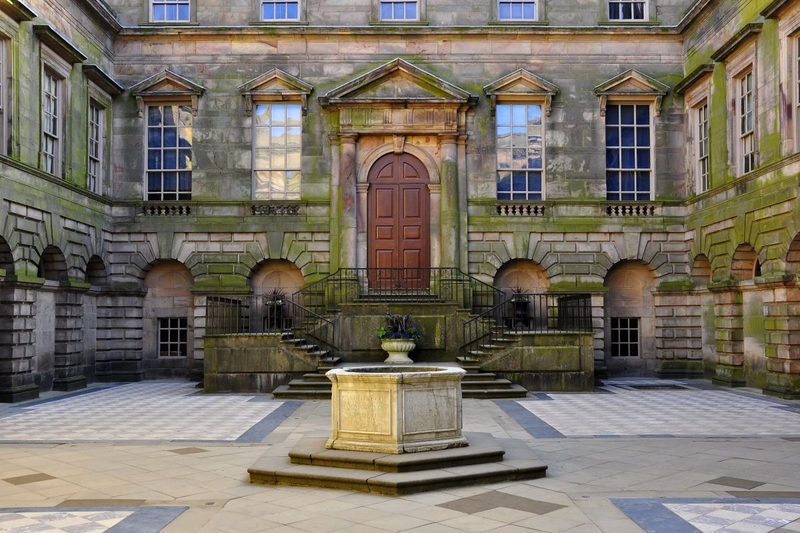
Georgian terraces have rarely survived in the city centre unlike in cities such as Liverpool although St John Street is decent example. There are other examples of one-off Georgian town houses such as Cobden House (1770) on Quay Street, a very large residence with good surviving interiors – now barristers’ chambers.
Numbers of pre-industrial system houses remain in the area called weavers' cottages. These had the home below and the workshop above, the latter illuminated by long rows of windows. These are the earliest surviving buildings of the humble to survive.
The Pennine fringes of Greater Manchester make an especially happy hunting ground for such buildings particularly the villages of Saddleworth or around the moorland areas of Rochdale. But there are traces of these buildings in the city centre too. The Grey Horse pub on Portland Street is typical, the Vine on Kennedy Street too and there's a row of weavers' cottages on Liverpool Road. All of these properties sport the distinctive second floor windows maximising light for the intricate labour of weaving or spinning.
These modest buildings, represent the essence of the city more than any remaining Manchester mansions from before 1800.
The weavers cottages reveal how a change was being visited upon the region. Manchester's physical appearance, even the very landscape was about to be completely remodelled. The mechanised industrialised world was knocking hard on the door.
To close this part one of our architectural story it's worth pointing out how a sweet result of the city centre property boom is that so many of both the grander houses on St John Street and those on Liverpool Road are returning to private residences after decades, even centuries as offices and workshops.
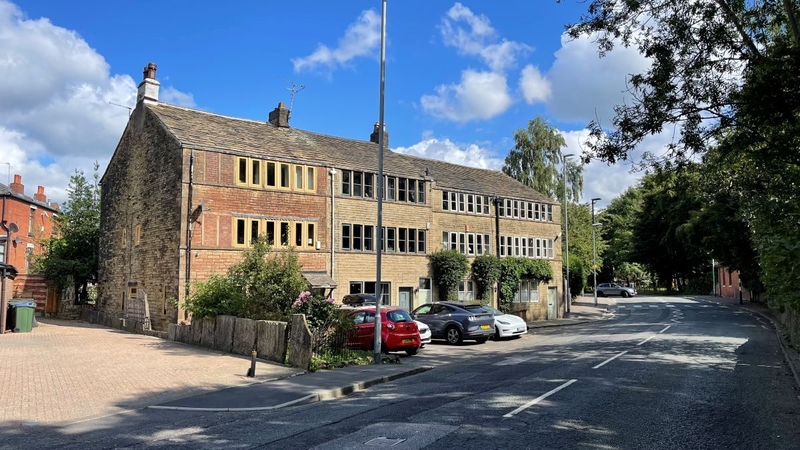
This article has been updated and republished from an earlier version. Part two of Manchester's architectural story will be re-published in the first week of March 2023.
You can follow Jonathan Schofield on Twitter here @JonathSchofield or on Instagram here @JonathSchofield.
You can book a Jonathan Schofield tour here.
Read next: Picture of the Month: Where Manchester began
Read again: A complete success: Manchester Jewish Museum reopens
Get the latest news to your inbox
Get the latest food & drink news and exclusive offers by email by signing up to our mailing list. This is one of the ways that Confidentials remains free to our readers and by signing up you help support our high quality, impartial and knowledgable writers. Thank you!






